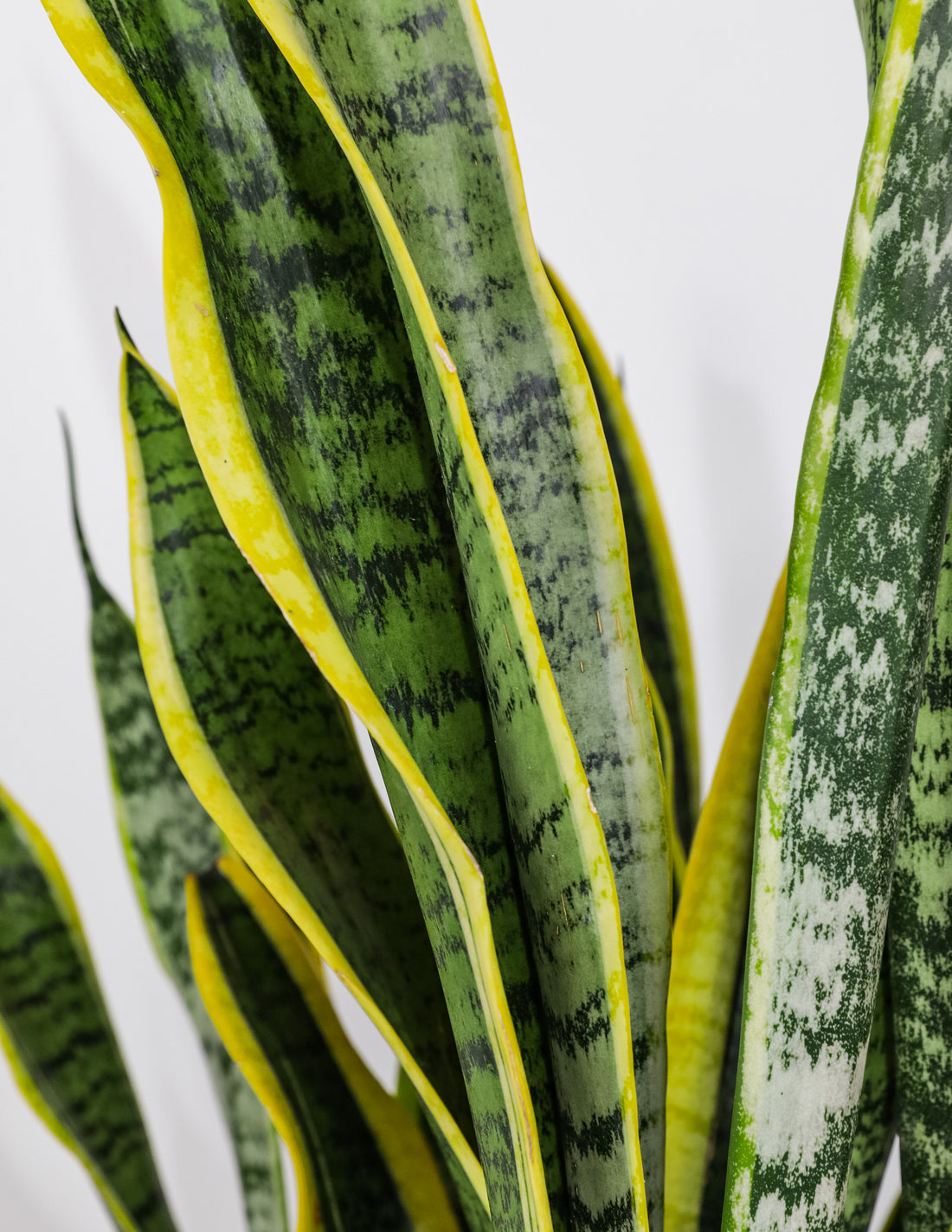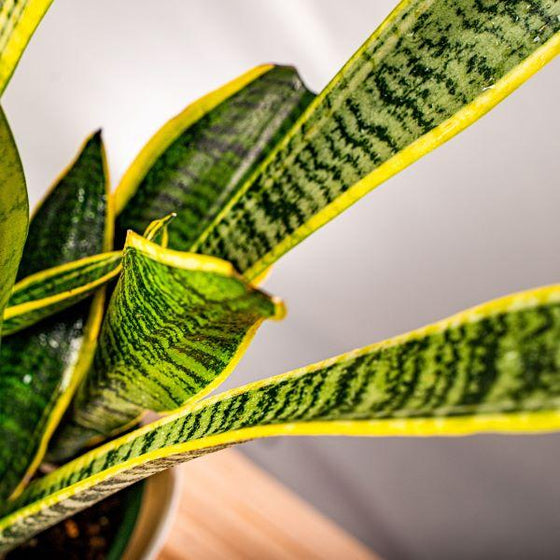The 20-Second Trick For Snake Plant Leaves Turning Yellow
Wiki Article
How Snake Plant Leaves Turning Yellow can Save You Time, Stress, and Money.
Table of Contents8 Simple Techniques For Snake Plant Leaves Turning YellowSnake Plant Leaves Turning Yellow Can Be Fun For Everyone9 Simple Techniques For Snake Plant Leaves Turning YellowMore About Snake Plant Leaves Turning YellowSnake Plant Leaves Turning Yellow Can Be Fun For Everyone
Below are seven factors your snake plant's leaves could be turning yellow and just how to repair it. A number of various plant problems can cause yellow fallen leaves, or chlorosis. Chlorosis happens when plants don't have the trace elements they require to produce chlorophyll, which makes foliage green and permits plants to transform sunlight into food.Serpent plants are drought forgiving many thanks to their succulent leaves. Snake Plant Leaves Turning Yellow. These plants expand best in loose, well-drained dirt that's allowed to dry completely between waterings and might only need water as soon as per month during wintertime. Overwatering can protect against origins from absorbing dampness and nutrients that the plant requires and can even trigger root rot
A potbound plant can't absorb nutrients from the soil. If your serpent plant is overcrowded or outgrowing its pot, this may be the reason for yellow leaves. An occasional yellow fallen leave is completely normal for a snake plant. As the plant ages, old leaves yellow, pass away, and leave as they're changed with brand-new ones.
Make certain the plant has brilliant, indirect light and consistently cozy temperature levels, and water only when the dirt has totally dried out. Keep an eye out for problems and catch them beforehand to keep your plant looking healthy and balanced and attractive.
The Main Principles Of Snake Plant Leaves Turning Yellow
If the fallen leaves on your serpent plant are obtaining soft, it's usually a sign of excessive water. Serpent plants store water in their leaves and if they're overwatered, the fallen leaves can become soft and mushy. If you think your snake plant is being overwatered, permit the dirt to dry totally before sprinkling once again.Yes, some yellowing is normal and to be expected on older leaves, particularly as snake plants age. If the plant is or else healthy and the leaves are just lightly yellowed after that there is no reason for problem. Nevertheless, if the leaves are significantly yellowed or if there are other indications of distress then it's finest to do something about it. Snake Plant Leaves Turning Yellow.

In general, snake plants need to be watered every one to two weeks. If you believe your snake plant has actually been overwatered, the first step is to quit watering it.
Not known Incorrect Statements About Snake Plant Leaves Turning Yellow

The serpent plant is an awesome houseplant. The serpent plant is one of those plants that are great for growing inside your home in a terrarium, Snake plants can grow quite big, but they additionally have a tendency to be quite low-maintenance. That doesn't suggest you shouldn't pay attention to their look. Mean your near the bottom due to a lack of nutrients or various other issues.
When the soil is overwatered, the plant cells soak up more water than they can keep. Check out right here to Leaves become soaked and yellow as they absorb more water. Drooping serpent plant fallen leaves are created by soaked-up fallen leave cells shedding their firmness. You might see that your snake plant will certainly end up being black or brownish if the yellow patches are not dealt with by remedying overwatering.
It is, therefore, more probable that your plant will certainly detect yellow spots on its fallen leaves if you overfeed it with fertilizer throughout winter months. The leaves of serpent plants are go now additionally at risk to yellowing when overfed, particularly if the roots are fragile. Repotting your yellowing, watering just when the soil dries, and offering optimal temperature and light conditions can conserve it.
Snake Plant Leaves Turning Yellow Fundamentals Explained
To stop yellowing caused by overwatering, quit watering the snake plant till the dirt entirely dries out. Water your serpent plant only when the top two inches of dirt feel dry.Your can be eliminated by removing the yellow ideas - Snake Plant Leaves Turning Yellow. The pruned fallen leaves need to expand longer if they are sprinkled effectively and have optimal light and temperature level problems. It is very important to keep in mind that the pointed pointers will certainly not regrow, creating them to stand out from the remainder of the leaves
It won't take long for the fallen leaves to regrow and grow like the healthy and balanced fallen leaves around them. At the same time, you can eliminate afflicted leaves from the base of the plant. The shows that it's getting way too much or too little light or nutrients. The crucial message is to allow the serpent plant time to recuperate.
So scroll the short article navigate to this site till the end to discover the solution. Listen to this short article here: The circumstance can be anticipated if you have had your click here to read snake plant for a lengthy time, and yellowing takes place on the lower leaves as a natural aging cycle. It is usual for the Sansevieria leaves to transform yellow due to beginner mistakes and when the plant is simply bought from the baby room for repotting.
The Facts About Snake Plant Leaves Turning Yellow Uncovered
Some of the most common reasons are listed here. Sansevierias like dry environments and like little water kept at a void of one or two times once a week in summer and regular monthly in winter months. When the water dose gets out of control, your Sansevieria will certainly experience from overwatering. One of the most usual trouble provided by overwatering is origin rot resulting in mushy roots and stems with a nasty scent.Report this wiki page